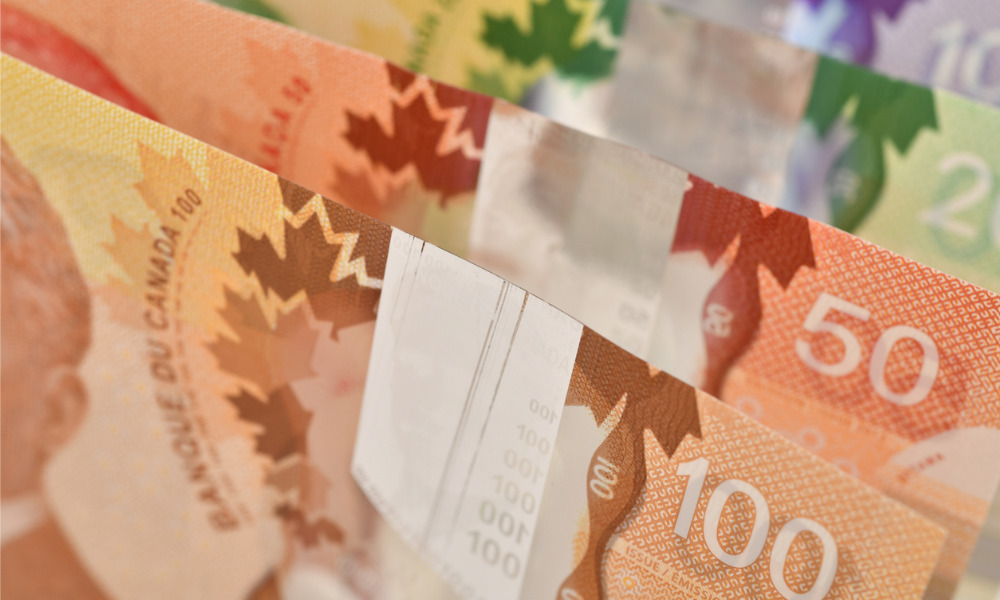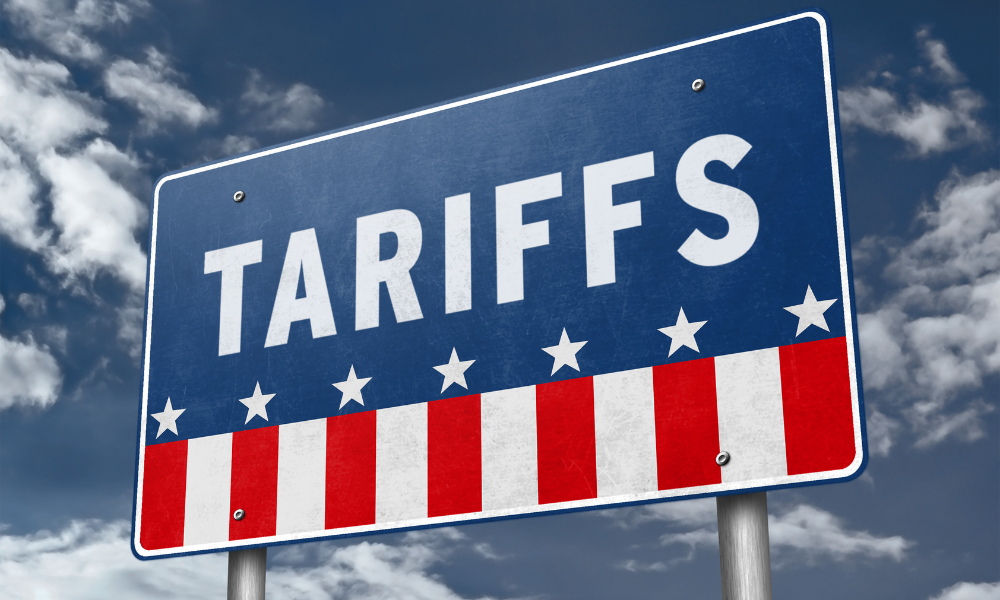Nearly half of poll respondents want central bank to hold before raising borrowing costs further

With inflation reaching a 31-year high, Canadians are more likely to prefer that the Bank of Canada hold the line rather than continue to raise borrowing costs.
According to new research by the non-profit Angus Reid Institute, almost half of Canadians (45%) want the country's central bank to keep its key benchmark rate at 1% and see how it affects inflation before taking further action.
One-quarter (27%) say they would hike the rate more aggressively to combat rising prices, while half (13%) say they would maintain low rates because they are concerned about the impact of any adjustments on the housing and investment markets.
While inflation is one of the country's economic drivers, Canadians are also dealing with other financial issues.
One-in-five people (22%) say they are now concerned about their debt, while another two-in-five people (42%) say it is a little issue but still causes them stress.
Most of the one-in-five people who are concerned about their debt are cutting back on "getting out," reducing phone and streaming bills when possible, modifying their diet to eat less expensive meals, and driving less.
Canadians' expectations are more pessimistic now than they have been in the last decade as the Bank of Canada weighs further rate hikes this summer to lower inflation.
Nearly one-third of people (28%) believe they will be in worse financial shape by the end of the year, up seven percentage points from last year and the highest figure in the survey's 13-year history.
As pandemic health limitations fade away, Canadians are forced to deal with the economic consequences of pandemic public policy. Significant inflation – 6.8% in April, a 31-year high – has followed from two years of low interest rates and robust government spending. Everything is getting more expensive, especially basic necessities like groceries and gasoline.
Both are harmed by Russia's invasion of Ukraine, which has brought war to a major global food and energy region.
The Economic Stress Index, which the Angus Reid Instituted launched in January to gauge the economic pressures facing Canadians, divides Canadians into four groups: the Thriving (27%), the Comfortable (26%), the Uncomfortable (25%), and the Struggling (22%).
Consumer debt also reached unprecedented heights throughout the pandemic.
Statistics Canada announced that the ratio of household debt to disposable income reached 186.2 percent in the fourth quarter of 2021, surpassing the previous high of 184.7% in the third quarter of 2018.
As the Bank of Canada raises interest rates to combat inflation, this debt complicates the picture.
More than two-thirds of respondents want the Bank of Canada to keep rates the same; one-quarter prefer higher rates.
Those in low-income families are half as likely (16%) as those in households earning $100,000 or more per year to feel the Bank of Canada should keep raising interest rates.
Furthermore, Canadians in families earning less than $25,000 per year are the most likely of all income groups to believe the Bank of Canada should cut interest rates.
Meanwhile, over half of households with incomes in the six figures feel the bank should wait to observe how the current rate hike impacts inflation before taking additional action. And one-third of those households want to see immediate interest rate increases.



